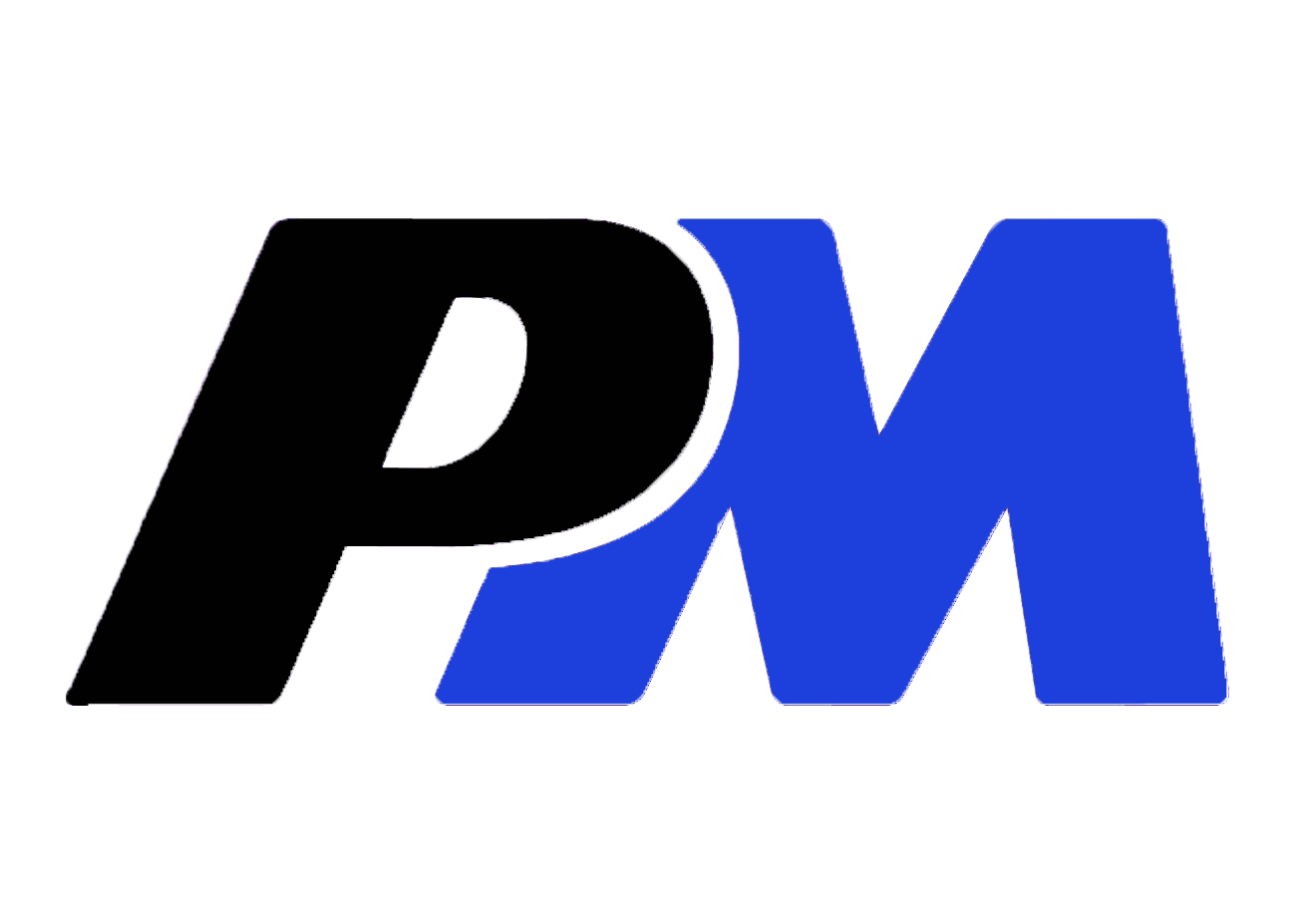00:48 Creating a Project Budget: What You Need to Know | |
When starting a project, it is difficult to know how much it will cost. Project managers are held to account for their budget estimates and with so much uncertainty in projects, it can be one of the project managers' greatest challenges. The ability to create an accurate budget is an essential skill for a project manager. It can be a daunting task, especially for new project managers; however, once you have created your first budget, you will have an approach to use, and it will become easier for future projects. Budgeting Basics1 There are two main approaches you can take when creating a budget:
Both approaches have their advantages and disadvantages and as a project manager, you will be faced with both at some time in your career. Let's take a look at each approach in more detail: Top-Down Budgeting Approach2 The decision is made, often by senior management, about how much the project should cost. This amount is divided between the work packages. Keep in mind that this approach is more than guessing; you need to explain how you will do the work within the allocated amount of budget for each work package. Prior experience from other projects will play a part in validating the budget allocation for work packages. It should be asked whether the budget looks realistic based on experience from past projects. The advantage of the top-down budgeting approach is that it focuses on achieving the project within the budget allocated and leads to efficiencies and reduction in wasteful practices. A disadvantage of the top-down budgeting approach is that it assumes that the person creating the budget has enough knowledge and expertise to make a reasonable cost estimate. If they do not, conflict may occur when a person required to execute the project is given an unrealistic budget that is insufficient to deliver the project. There is a risk of deliberately low budgets created with the belief that it will encourage cost savings. Bottom-Up Budgeting Approach2 The team, often involving the final budget holder, identify the tasks and activities needed to complete the project. The project is based on the lowest-level work packages and rolled up to arrive at the total project cost. The direct and indirect costs are calculated for each work package. The advantage of the bottom-up budgeting approach is its accuracy (as long as you have not missed any task or activity). It is good for team morale because the project manager involves the team in budget creation. This approach is sometimes called participative budgeting for this reason. A disadvantage of the bottom-up budgeting approach is the difficulty in getting a full list of tasks and activities needed to complete the project. It is easy to miss some that will be needed and that will later throw the budget out. References: 1-https://www.projectsmart.co.uk/my-budget-is-10-percent-over-now-what.php 2-http://www.projectmanagementdocs.com/blog/managing-costs-on-your-project.html#axzz4RyGLPQBU | |
|
| |
| Total comments: 0 | |




 Creating a Project Budget: What You Need to Know
Creating a Project Budget: What You Need to Know